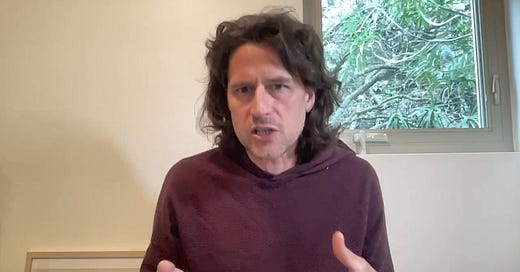You became a teacher to make a difference—not to distribute worksheets. Curiosity-based approaches transform traditional teaching into dynamic learning experiences where students don't just study the world—they question, reimagine, and reshape it.
Three Approaches You Can Use Tomorrow
1️⃣ The Wonder Wall (5-10 minutes)
What it is: A dedicated space for questions that drive inquiry throughout your unit.
How to implement:
Prep: Bring sticky notes and create a section of wall/board labeled "Our Curiosity Zone"
Introduce: "This year, your questions are just as important as mine."
Activate: Share a compelling image/object related to your unit (like a Hercules Beetle picture)
Prompt: "What does this make you wonder? What questions come to mind?"
Action: Have students write questions on sticky notes and place on the Wonder Wall
Connect: Choose 1-2 questions to address immediately; promise to explore others during the unit
Why it works: Validates student questions from day one, establishing that curiosity drives your classroom culture.
2️⃣ Curiosity Pairs (15 minutes)
What it is: A relationship-building protocol that uses curiosity as a connection point.
How to implement:
Prep: Create a list of curiosity-sparking prompts relevant to your content area
Pair: Have students find a partner they don't know well
Share: Provide conversation prompts like:
"What's something you've always wondered about [subject]?"
"If you could design an experiment to answer any question, what would it be?"
"What problem in our community makes you most curious about solutions?"
Reflect: Have pairs share what surprised them about their partner's curiosity
Connect: Link student interests to upcoming curriculum: "I heard Jamie is curious about weather patterns—we'll explore that in Chapter 3!"
Why it works: Creates meaningful connections between students while establishing curiosity as a valued trait.
3️⃣ First-Day Curiosity Challenge (20-30 minutes)
What it is: A collaborative problem-solving activity inspired by the Hercules Beetle's strength.
How to implement:
Prep: Create a challenge related to your content (e.g., design a water filter, solve a logic puzzle, analyze a mysterious primary source)
Frame: "Like the Hercules Beetle that can lift 850 times its weight, your questions and ideas have tremendous strength."
Challenge: Present a problem with multiple solution paths
Structure: Have students work in groups, emphasizing that every member must contribute an idea
Constraint: Solutions must combine at least one idea from each group member
Share: Have groups present their solutions and explain how combined ideas made them stronger
Reflect: "How did curiosity help you solve this challenge? How might it help us throughout the year?"
Why it works: Demonstrates immediately that collaboration and questioning lead to better outcomes than individual performance or memorization.
Quick Teacher Check-in
After implementing any of these activities, take 5 minutes to reflect:
What surprising questions did students ask?
Which students showed unexpected enthusiasm or insight?
How can I connect these curiosities to our curriculum?
What did I learn about my students that traditional introductions wouldn't have revealed?
Remember...
Your classroom is now a laboratory of possibilities. Every curious question you validate is an act of educational revolution.
Start small, but dream big—curiosity has a way of spreading.
Stay curious!
Matt









Share this post